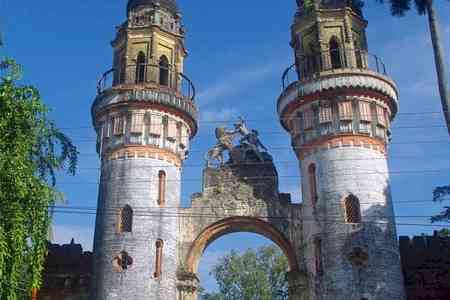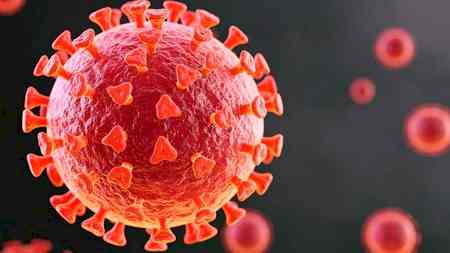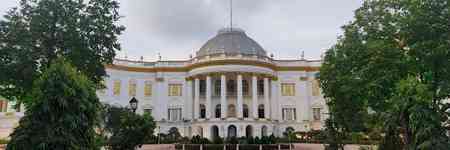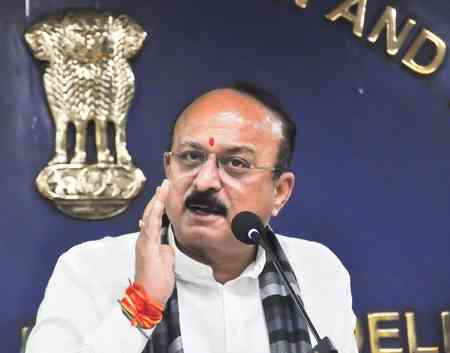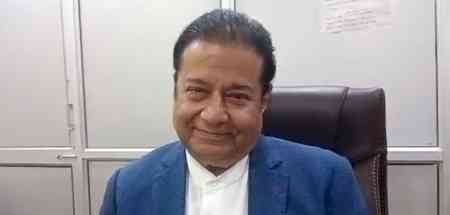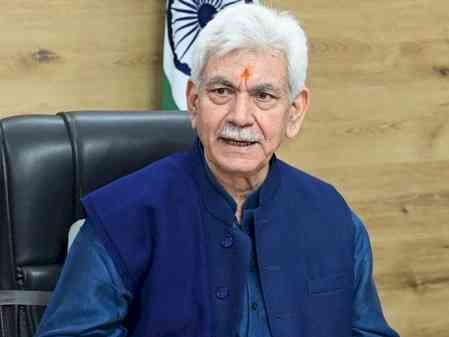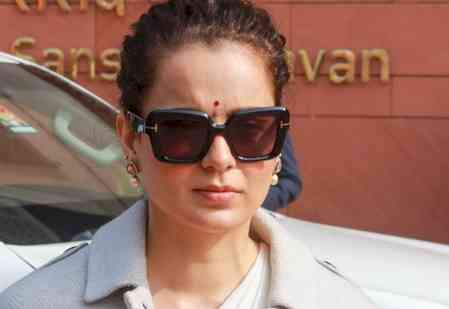Technology enriched India today no longer follower, beckons others to follow
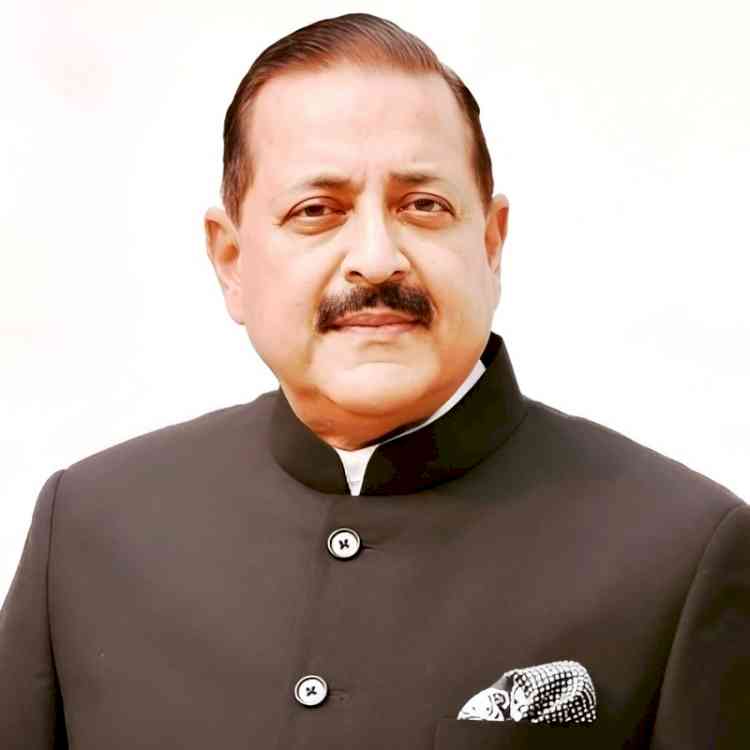
By Dr. Jitendra Singh
Standing at the threshold of global scientific renaissance, technology enriched India today is no longer a follower, but beckons others to follow her.
Over the past decade, under the visionary leadership of Prime Minister Narendra Modi, the country has witnessed an unprecedented surge in science, technology, and innovation. From digital empowerment to space exploration, the contours of a self-reliant, technology-driven India — an Atmanirbhar Bharat — are becoming unmistakably clear. From the triumphs of Digital India and Startup India to the success of Swachh Bharat and One Health, the nation has demonstrated that large-scale transformation can be driven through science, technology, and innovation.
The UPI revolution has redefined digital payments globally. India’s bioeconomy has seen exponential growth from growing sixteen-fold from $10 billion in 2014 to an impressive $165.7 billion in 2024 leading the way in biofuels, bioplastics, and green chemicals. The Chandrayaan and Gaganyaan missions have cemented India’s place among spacefaring nations, while the 5G rollout and digital diplomacy have brought connectivity and empowerment to the last mile.
India is now emerging as a global leader in AI for all, ensuring that intelligence and innovation reach every sector — from agriculture to healthcare to governance. With over 100 unicorns and a thriving ecosystem of youth-led startups, the country’s scientific and entrepreneurial spirit is unmatched.
The rise of green hydrogen, quantum science and technology, semiconductor manufacturing and precision agriculture, shows that India is not merely catching up with the world — it is helping to define the future.
This is the story of Atmanirbhar Bharat in motion — a self-reliant, forward-looking India steering confidently toward Viksit Bharat 2047, the centenary of its independence
ESTIC: From Achievement to Aspiration
Against this backdrop of progress, the Emerging Science, Technology and Innovation Conclave (ESTIC) — to be held from November 3–5, 2025, at Bharat Mandapam, New Delhi — marks a bold new step. Convened by 13 ministries of the Government of India, ESTIC is more than a showcase of achievement; it is a crucible for collaboration, foresight, and national strategy.
Inaugurated by the Hon’ble Prime Minister, ESTIC 2025 will bring together leading scientists, innovators, policymakers, and global experts to deliberate on the future of emerging technologies. It will serve as a platform to identify gaps, forge partnerships, and co-create pathways that align science and technology with India’s developmental priorities.
This is not just an event — it is a national convergence platform. uniting academia, industry, and government around one shared purpose: to power India’s journey toward Viksit Bharat 2047, a fully developed, innovation-led nation by the centenary of its independence.
Built around 11 thematic area crucial to India’s self-reliance in science and technology, ESTIC will serve as a nerve center for strategic dialogue, collaboration, and showcasing Indian excellence. Besides, celebrating the current achievements, it will also enable brainstorming, gap identification, and policy interventions to ensure that India’s scientific progress remains closely aligned with societal needs and global opportunities.
At its core, , ESTIC is about connecting the ecosystem — ministries that design policy, scientists who innovate, industries that scale ideas, and startups that disrupt. It celebrates both the journey so far and the road ahead toward sustainable, inclusive, and transformative growth.
Eleven Tracks, One Vision
ESTIC 2025 will revolve around eleven thematic tracks that together capture India’s technological ambitions.
These include Advanced Materials & Manufacturing for building stronger, lighter, and smarter materials to power defense, space, and industry, artificial Intelligence for transforming lives and making governance smarter and more inclusive, Bio-Manufacturing that is scaling the green economy with sustainable bioproducts and circular solutions, Blue Economy that is harnessing ocean resources responsibly for prosperity and resilience, Digital Communications driving connectivity from 4G to 5G and now towards 6G, empowering rural India, and leading in global digital diplomacy, Electronics &
Semiconductor Manufacturing, turning the vision of “Make in India” into a silicon-powered reality, Emerging Agriculture Technologies that can ensure food security through innovation, precision, and sustainability, Energy, Environment & Climate that is pioneering renewable energy and green hydrogen as models for the world, Health & Medical Technologies that is delivering affordable innovation for ensuring health equity, Quantum Science & Technology for a leap in secure communications, sensing, computing and materials and Space Technology inspiring generations, and expanding scientific horizons
These tracks together reflect India’s comprehensive innovation map — a matrix where deep science, entrepreneurship, and policy converge.
Towards a Viksit Bharat 2047
In many ways, ESTIC represents the curriculum of India’s growing confidence as a knowledge and innovation leader. It is a national mission to ignite imagination, inspire young minds, and innovate for the century ahead. By bringing together thought leaders, Nobel Laureates, policymakers, and industry pioneers, ESTIC2025 will position as a scientific superpower and a global hub for innovation-led development.
As India marches towards 2047, ESTIC stands a symbol and a catalyst— a space where India’s scientific achievements meet its developmental aspirations, ensuring that every innovation contributes to a resilient, sustainable, and inclusive Viksit Bharat.
The author is Union Minister of State (Independent Charge) for Science and Technology; Earth Sciences and Minister of State for PMO, Department of Atomic Energy, Department of Space, Personnel, Public Grievances and Pensions.


 City Air News
City Air News 

